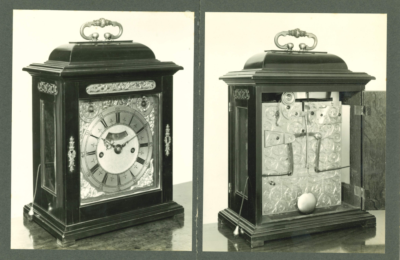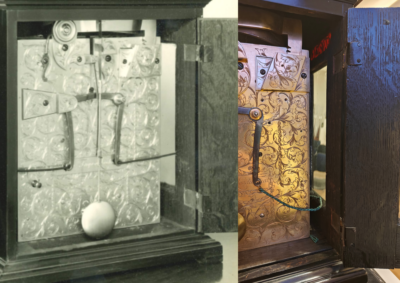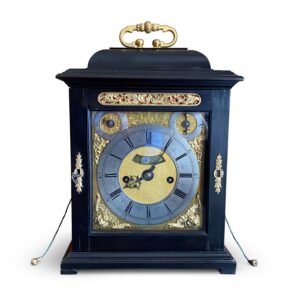Woodgrain fingerprints: how a 17th Century Tompion clock was recovered
In c.1691, a Tompion clock was created and given the number 181. Three centuries later, the clock was stolen from a private residence in Wilshire. The family distributed black and white photographs and the police investigated the event, but the clock remained missing for over three decades.

In 2022, Bonhams were invited to catalogue and consign the collection of the late Cornelis Paulus van Pauwvliet which included a Tompion clock. The Art Loss Register conducted a check against its database and identified the clock as possibly being the one stolen. Despite the Tompion number 181 being removed from the bottom edge of the movement all other features appeared the same. The ALR worked closely with Bonhams’ specialists and the identical medullary rays shown in the oak carcass on the open back door were identified as being the same. The unique grains of wood are very much like a finger print which assist with identification. The deliberate attempt to disguise the clock’s identity was thwarted and this confirmed that the clock was in fact the one stolen in Wiltshire.
The Art Loss Register and legal teams supported both the family of the former owner in Wiltshire from where the clock was taken some 30 years ago and the Dutch estate to reach an equitable solution. An agreement was made whereby the clock is being offered for sale in London today, 3rd July, on behalf of both parties.
“I am thrilled to have worked on the resolution of this case enabling the mystery of the stolen clock number 181 to be uncovered and the clock to be freely sold” – Antonia Kimbell, Recoveries Manager, The Art Loss Register.
It is possible from these images to see the woodgrain fingerprint that was the final identifier in the case.

Please find the Bonhams catalogue here.

Colour image courtesy of Bonhams
